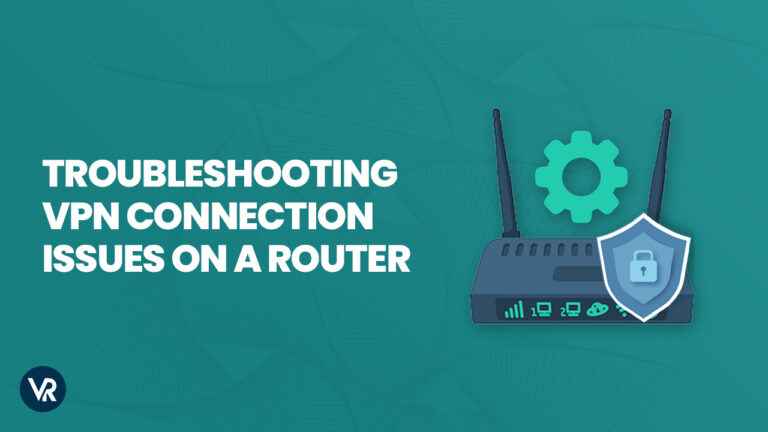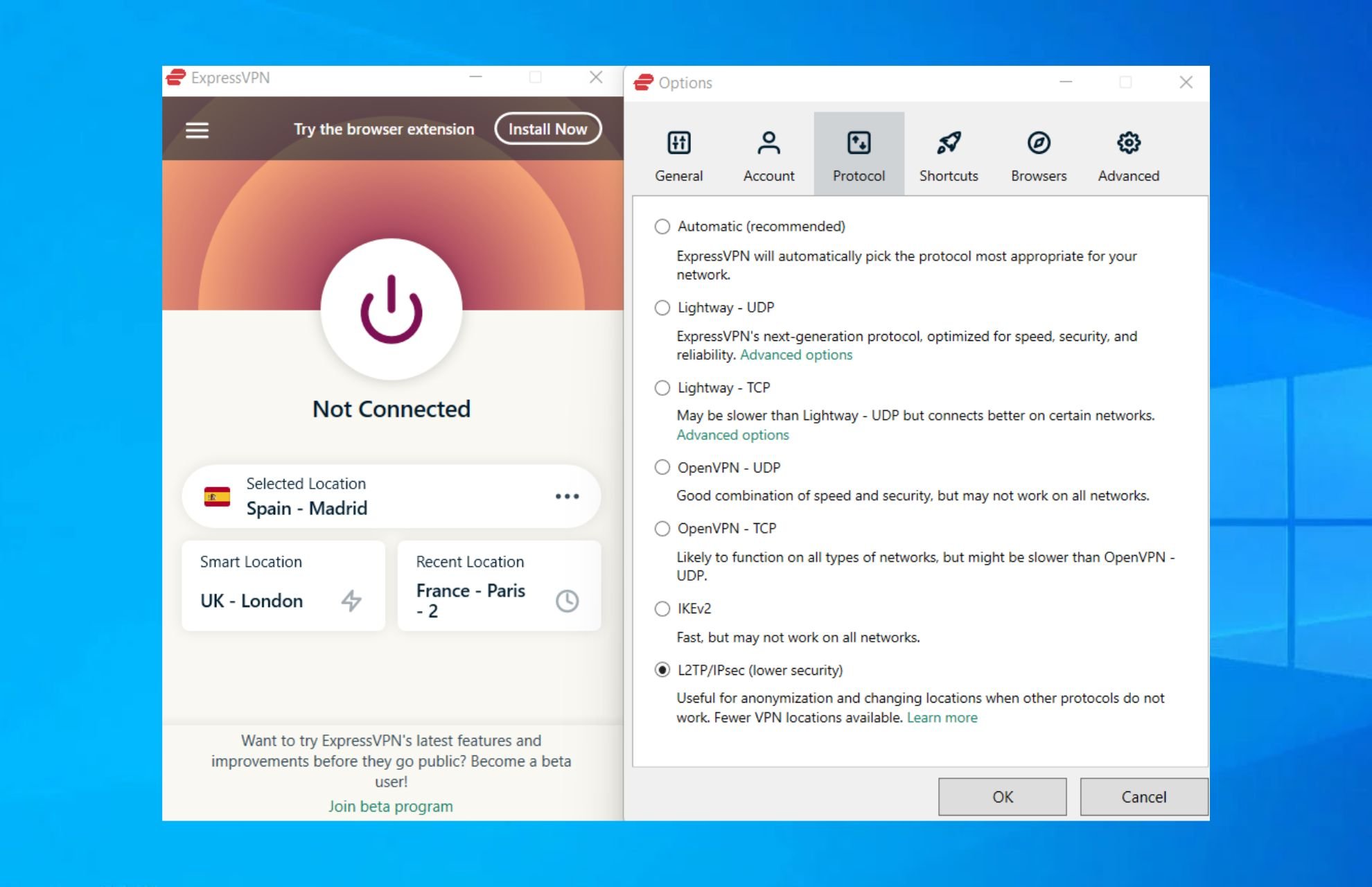Featured
Table of Contents
Site-to-site Vpn Troubleshooting

The Routing and Remote Access snap-in lives within the Microsoft Management Console, called the MMC. There are multiple methods to access the MMC. You can choose the console from the Start menu's Programs choices, within the Administrative Tools folder within Windows server's Control Panel or by typing mmc at a command prompt.
As Tech, Republic's Brandon Vigliarolo shows within his video at the start of this post, the Solutions console displays the status of the Routing and Remote Gain access to entry. From within the Solutions console and with the Routing and Remote Access entry highlighted, you can click Start the Service or right-click the entry and choose Restart.
Often the VPN customer and VPN server are set to utilizing various authentication approaches. Confirm whether an authentication error is the problem by opening the server console. Another technique of accessing the MMC is to type Control+R to open a command timely in which you can type mmc and struck Go into or click OK.
If the entry isn't present, click File, choose Add/Remove Snap-in, pick the Routing and Remote Gain access to alternative from the options and click Add, then OK. With the Routing and Remote Gain access to snap-in added, right-click on the VPN server and click Characteristics. Review the Security tab to validate the authentication method.
Steps For A Better Vpn Rollout And Troubleshooting
Guarantee the VPN client is set to the authentication approach defined within the Security tab. Generally the products just evaluated are accountable for a lot of VPN connection rejection errors. But other basics should be proper, too. If the Windows Server hosting the VPN hasn't signed up with the Windows domain, the server will be unable to authenticate logins.
IP addresses are another essential element for which administration must be correctly set. Each Web-based VPN connection usually utilizes 2 different IP addresses for the VPN client computer. The very first IP address is the one that was designated by the customer's ISP. This is the IP address that's used to develop the preliminary TCP/IP connection to the VPN server over the Internet.
This IP address usually has the same subnet as the local network and thus allows the customer to interact with the regional network. When you set up the VPN server, you should set up a DHCP server to assign addresses to customers, or you can produce a bank of IP addresses to appoint to customers directly from the VPN server.


If this alternative is selected and the reliable remote gain access to policy is set to allow remote access, the user will be able to attach to the VPN. Although I have actually been unable to re-create the circumstance personally, I have actually heard rumors that a bug exists in older Windows servers that can cause the connection to be accepted even if the reliable remote gain access to policy is set to reject a user's connection.
A Guide To Vpn Troubleshooting: Fix All Your Vpn Problems

Another typical VPN issue is that a connection is effectively established however the remote user is unable to access the network beyond the VPN server. Without a doubt, the most common reason for this issue is that consent hasn't been approved for the user to access the entire network. To allow a user to access the whole network, go to the Routing and Remote Access console and right-click on the VPN server that's having the problem.
At the top of the IP tab is an Enable IP Routing check box. If this check box is allowed, VPN users will be able to access the remainder of the network, presuming network firewalls and security-as-a-service settings permit. If the checkbox is not selected, these users will be able to access just the VPN server, but absolutely nothing beyond.
If a user is dialing directly into the VPN server, it's generally best to set up a fixed route between the client and the server. You can configure a fixed route by going to the Dial In tab of the user's homes sheet in Active Directory Users and Computers and picking the Apply A Fixed Route check box.
Click the Add Route button and after that enter the destination IP address and network mask in the area provided. The metric need to be left at 1. If you're utilizing a DHCP server to designate IP addresses to clients, there are a number of other issues that might trigger users not to be able to go beyond the VPN server.
Troubleshooting Vpn Connection Issues On Windows
If the DHCP server assigns the user an IP address that is already in usage in other places on the network, Windows will spot the dispute and avoid the user from accessing the remainder of the network. Another typical problem is the user not getting an address at all. Most of the time, if the DHCP server can't appoint the user an IP address, the connection will not make it this far.
254.x. x variety. If the client is appointed an address in a range that's not present within the system's routing tables, the user will be unable to browse the network beyond the VPN server. Other concerns can contribute to this problem, too. Guarantee the resources the user is attempting to gain access to are actually on the network to which the user is connecting.
A VPN connection to the other subnet might, in reality, be needed. A firewall program or security as a service option might also be to blame, so do not forget to review those solutions' settings, if such components exist in between the VPN server and the resources the user seeks to reach.
The very first possibility is that one or more of the routers included is carrying out IP packet filtering. I recommend examining the customer, the server and any makers in between for IP packet filters.
Latest Posts
The 5 Best Business Vpn To Secure Your Team In 2023
The Best Free Vpn For Android
How To Troubleshoot Common Issues With Avg Secure Vpn